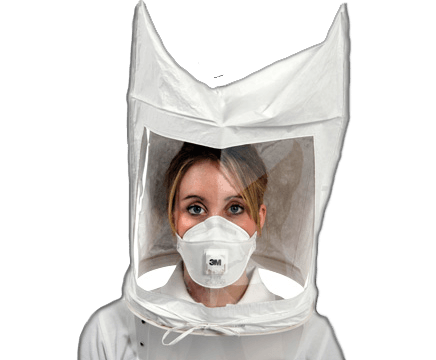
There are two types of fit tests: qualitative and quantitative. Qualitative fit testing is a pass/fail test method that uses your sense of taste or smell, or your reaction to an irritant in order to detect leakage into the respirator facepiece. The OSHA protocols include saccharin, isoamyl acetate (banana oil), Bitrex and irritant smoke.
For a saccharin or Bitrex test, an administrator challenges a subject wearing a respirator with a test aerosol. The subject dons the respirator and a fit test hood. The test aerosol (saccharin or Bitrex) is sprayed inside the hood while the subject performs prescribed exercises. If the subject can taste the test agent, the respirator fails the test and another respirator must be tested. Prior to conducting the test, the administrator must determine if the subject can detect the test agent. If the subject can’t detect the test agent, another one that can be detected must be used.
The qualitative fit test procedure requires about 15 to 20 minutes to administer. Qualitative fit testing may be used for half-face and full-face negative pressure (demand mode) air-purifying respirators (APR) that must achieve a fit factor of 100 or less, as long as the respirators will be worn in work areas where it is known that concentrations of a contaminant will not be more than 10 times the permissible exposure limit (PEL).
Our experienced respiratory technicians conduct tens of thousands of fit tests per year. Give us a call, send us an email or complete the questionnaire below for your personized quote. We will be glad to help.
We offer on-site fit testing and pulmonary function tests for groups of 5 to 5,000+ people.
We provides services throughout California, Nevada, and Arizona.
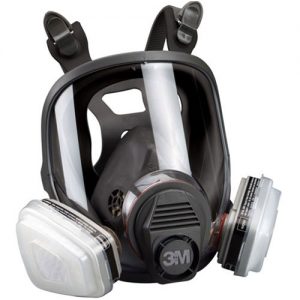
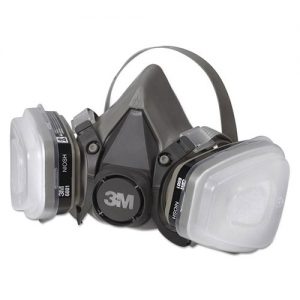
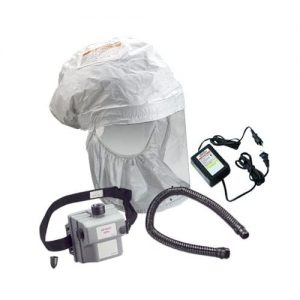
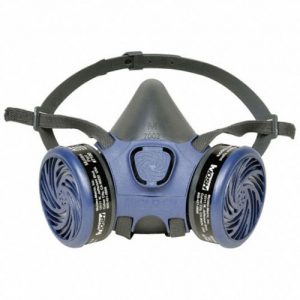
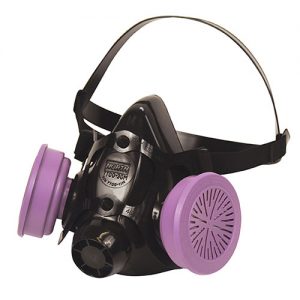
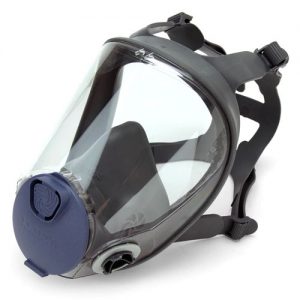
© 2021 Arbor Environmental, All rights reserved.